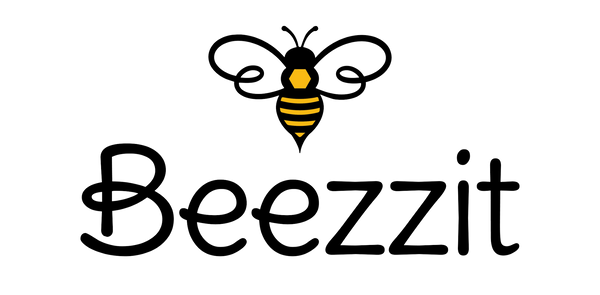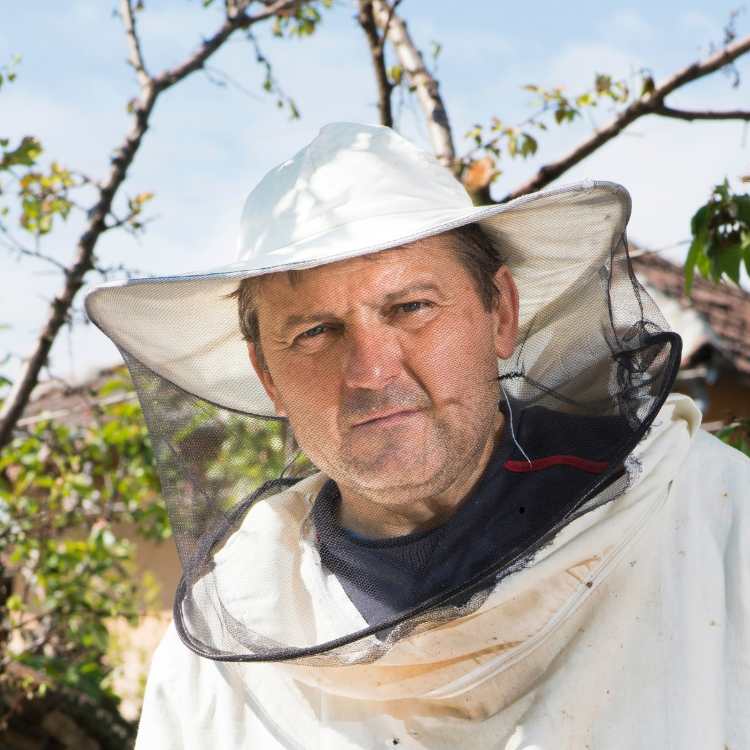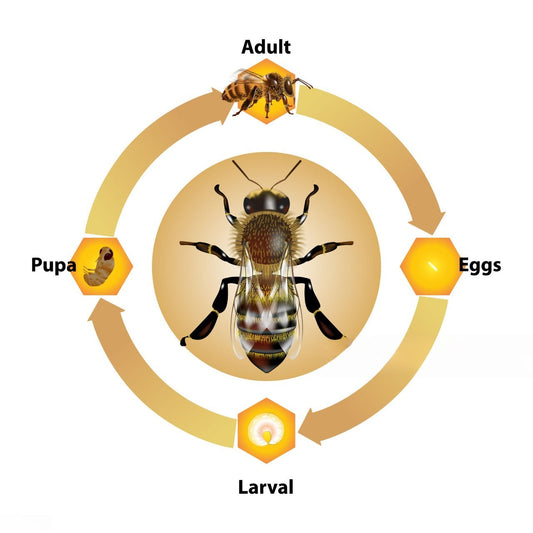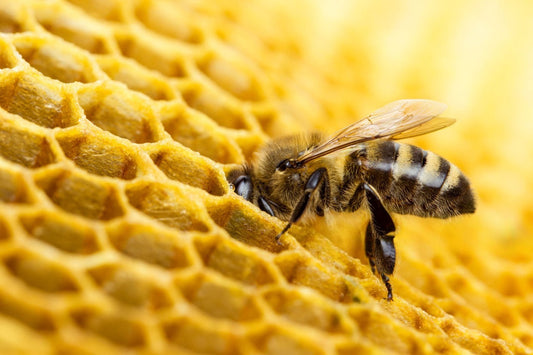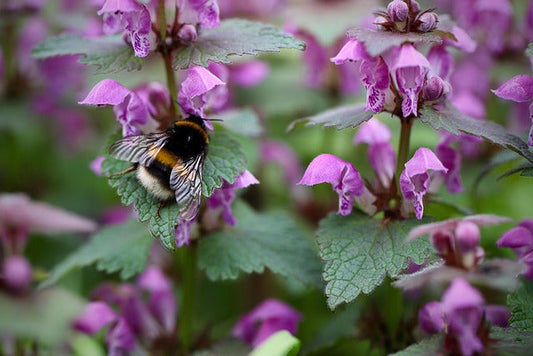Perhaps one of the most common but bizarre questions beekeepers come across is: is honey bee poop? While some might laugh at the very question, it is a genuine concern for many. So, let’s get things straight before we proceed. Is honey bee poop? No. Not even close. But the process of how bees make honey is so fascinating that it is easy to see where the confusion starts.
The origin of the myth
It all starts with a very basic idea. Bees eat nectar and so something has to come out the other end. And that should be honey. Right? It is a myth. Bees have a very different system of making honey. The nectar they collect never even enters their digestive system. So, is honey bee poop? The answer is a solid no.
Understanding the science behind honey production
The anatomy of a honeybee
A honeybee has a “honey stomach.” Also known as a crop or honey sac. This is not a part of the bee’s digestive tract. Think of it as a backpack for nectar. When a forage bee visits flowers, she will suck up nectar using her proboscis and store it in this specialized compartment. That nectar remains untouched by digestive enzymes-unless the bee needs a quick snack, in which case she opens a valve to divert a bit into her true stomach.
The path looks something like this: mouth-esophagus-honey stomach-proventriculus (one way valve)-midgut (where digestion actually begins). The proventriculus ensures that the nectar meant for honey does not get mixed up with what becomes waste. So again, is honey bee poop? No, it is the nectar that is stored and processed outside the digestive system.

How honey gets made?
With the honey stomach full, the bee returns to the hive. She will then pass the nectar to a house bee through a process called trophallaxis (mouth to mouth transfer). The house bee will then add enzymes that begin to break down the complex sugars in the nectar into simpler ones: mainly glucose and fructose. This enzymatic transformation is key as it makes the honey easier to digest and less prone to fermentation. After being passed from bee to bee and broken down, the nectar then goes into a wax cell. At this point, it still contains a lot of water-up to 70%.
Now, the bees will fan the nectar with their wings to evaporate the excess moisture. Once the water content drops to about 18 to 20%, the substance becomes stable, ripe honey. The bees seal the cell with a wax cap.So, is honey bee poop? No. It is evaporated, enzyme treated flower nectar stored in wax.
What happens to the nectar in the hive?
Not all the nectar is processed immediately. Sometimes, a part of it goes straight into the honeycomb that thickens naturally over time due to the hive’s warm temperature. Whether thickened by the heat or fanned by the bees, the goal is always the same: remove water, increase sugar concentration and stabilize the product.
The resulting honey is supersaturated with sugars, which is part of what gives honey its long lasting, antibacterial properties. It is food security for the colony and for the beekeepers; it is a sweet surplus.
What happens to actual bee poop?
Bees are surprisingly clean creatures of nature. They do not defecate inside their hive. Generally, honeybees will wait for a “cleansing flight” to relieve themselves outside. The waste exits from the back, far from the honey making process. This cleanliness is essential to hive health. So, when someone asks, is honey bee poop, they are mixing up two entirely separate processes. Both these systems never cross.
Why this misconception linger?
It likely sticks around because of how the nectar is regurgitated. Most people associate that word with vomiting. But this isn’t food coming back up from digestion. The bees didn’t actually digest the nectar. Instead, they just move the nectar from one honey stomach to another. Technically it is regurgitation, but not the kind humans do when sick. Even calling it bee spit is misleading. Spit is part of the digestive process. Honey gets made in a completely separate, controlled system using specific enzymes-not saliva. Think of the honey stomach as a mobile processing tank.
So, let’s be clear. Is honey bee poop? Is honey bee vomit? Is honey bee spit? None. It is the nectar collected, modified and preserved with remarkable efficiency.The final product: Why it’s safe?
Honey is completely safe to consume because it is never contaminated by waste. The process keeps it sealed off from the digestive tract. Bees are designed to do this cleanly and effectively. The enzymes they use also inhibit the growth of bacteria. That is part of why honey can sit on a shelf for years without spoiling.
So, the next time someone asks, is honey poop, you will have the facts. The short answer is no. The long answer? It is the result of a highly organized, incredibly clean process carried out by some of the most efficient and industrious workers in nature. Honey is flower nectar transformed. Not waste expelled. And that is something worth appreciating every time you take a spoonful.Intrigued by the amazing world of bees? Learn more about these fascinating creatures from our full blog here and join us on the mission to save the bees for a better tomorrow.
